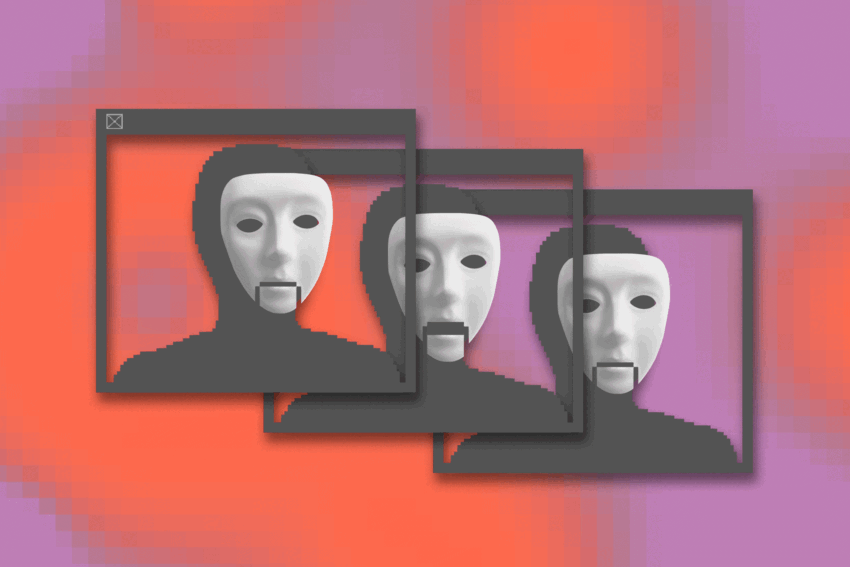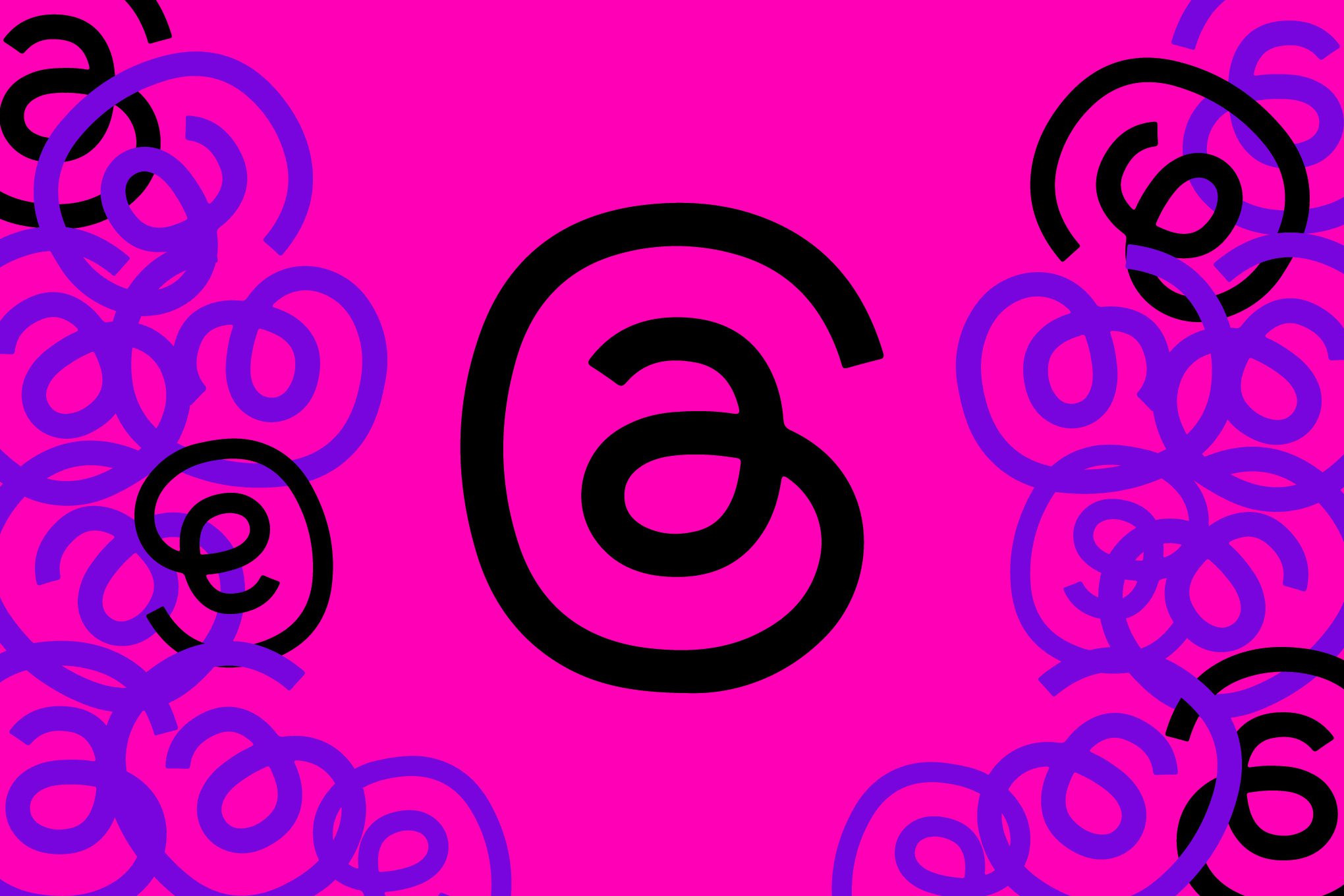
sora is showing us how broken deepfake OpenAI’s new deepfake machine, Sora, has highlighted significant vulnerabilities in deepfake detection technologies, raising concerns about the potential for misinformation and harmful content.
sora is showing us how broken deepfake
Understanding Sora and Its Capabilities
OpenAI’s Sora, powered by the advanced Sora 2 model, represents a significant leap in the capabilities of artificial intelligence to generate realistic video content. This platform has demonstrated an alarming proficiency in creating deepfake videos that can convincingly mimic the likeness and voice of real individuals. The implications of this technology are profound, affecting various sectors, including media, entertainment, and social interactions.
The Technology Behind Sora
Sora utilizes sophisticated algorithms that analyze vast amounts of data to produce videos that are not only visually convincing but also contextually relevant. This technology operates on principles of machine learning and neural networks, enabling it to learn from existing video footage and generate new content that appears authentic. The advancements in AI have made it increasingly challenging for viewers to discern between real and fabricated content.
Content Generation and Ethical Concerns
The types of videos generated by Sora range from benign to deeply troubling. Users have reported seeing themselves in videos where they are depicted making offensive statements or engaging in inappropriate behavior. This raises ethical questions about consent and the potential for reputational harm. For instance, individuals who voluntarily share their likenesses may find themselves unwittingly associated with harmful or derogatory content, leading to significant personal and professional repercussions.
The Role of C2PA in Content Authentication
The Coalition for Content Provenance and Authenticity (C2PA) aims to address some of the challenges posed by deepfake technology. C2PA is designed to provide a framework for verifying the authenticity of digital content, allowing users to trace the origins and modifications of media. While this initiative has merit, it is not a comprehensive solution to the problems presented by platforms like Sora.
Limitations of C2PA
Despite its potential, C2PA faces several limitations that hinder its effectiveness in combating deepfake misinformation:
- Adoption and Implementation: For C2PA to be effective, widespread adoption is necessary. Many content creators and platforms may be reluctant to implement these standards, especially if they perceive them as burdensome.
- Technical Challenges: The technical infrastructure required to support C2PA’s verification processes can be complex and costly, potentially deterring smaller creators from participating.
- User Awareness: Even if C2PA is implemented, users must be educated about how to interpret the provenance data. Without proper understanding, the effectiveness of C2PA may be diminished.
The Implications of Deepfake Technology
The rise of deepfake technology has far-reaching implications for society. As Sora and similar platforms become more prevalent, the potential for misuse increases. This can manifest in various forms, including:
Misinformation and Disinformation
Deepfakes can be weaponized to spread false information, particularly in politically charged environments. Videos that appear to show public figures making inflammatory statements can influence public opinion and sway electoral outcomes. The ability to create convincing deepfakes poses a significant threat to democratic processes and societal trust.
Impact on Personal Privacy
Individuals’ rights to privacy are increasingly at risk with the advent of deepfake technology. The unauthorized use of someone’s likeness in a deepfake video can lead to harassment, defamation, and emotional distress. Victims of deepfake misuse may find it challenging to seek recourse, as the technology complicates issues of accountability and consent.
Challenges for Law Enforcement and Regulation
Law enforcement agencies face significant challenges in addressing the rise of deepfakes. The rapid evolution of this technology outpaces existing legal frameworks, making it difficult to prosecute offenders effectively. Additionally, the international nature of the internet complicates jurisdictional issues, as deepfake creators can operate from anywhere in the world.
Stakeholder Reactions
The emergence of Sora has elicited a range of reactions from various stakeholders, including technology experts, lawmakers, and advocacy groups.
Technology Experts
Many technology experts have expressed concern over the implications of Sora and similar platforms. They argue that while the technology showcases remarkable advancements in AI, it also underscores the urgent need for robust regulatory frameworks to mitigate potential harms. Experts emphasize the importance of developing ethical guidelines for AI usage, particularly in content creation.
Lawmakers and Regulators
Lawmakers are grappling with how to respond to the challenges posed by deepfake technology. Some have proposed legislation aimed at regulating the creation and distribution of deepfakes, particularly those that could cause harm. However, crafting effective laws that balance innovation with protection remains a complex task.
Advocacy Groups
Advocacy groups focused on digital rights and privacy have raised alarms about the potential for deepfakes to infringe on individual rights. They are calling for stronger protections against the misuse of personal likenesses and are advocating for greater transparency in how deepfake technology is used. These groups emphasize the need for public awareness campaigns to educate individuals about the risks associated with deepfakes.
Looking Ahead: The Future of Deepfake Detection
As deepfake technology continues to evolve, the need for effective detection methods becomes increasingly critical. Researchers and developers are working on various approaches to identify deepfakes, including:
AI-Powered Detection Tools
Advancements in AI are being leveraged to create detection tools that can analyze videos for signs of manipulation. These tools aim to identify inconsistencies in audio and visual elements that may indicate a deepfake. However, as deepfake technology improves, detection methods must also evolve to keep pace.
Public Awareness and Education
Raising public awareness about deepfakes is essential in combating their potential harms. Educational initiatives can empower individuals to critically evaluate the media they consume and recognize the signs of deepfake content. By fostering a more informed public, the impact of deepfakes can be mitigated.
Collaborative Efforts
Collaboration between technology companies, governments, and civil society organizations is crucial in addressing the challenges posed by deepfakes. By working together, stakeholders can develop comprehensive strategies that encompass technological solutions, regulatory frameworks, and public education campaigns.
Conclusion
The advent of OpenAI’s Sora has illuminated the vulnerabilities in deepfake detection and the broader implications of this technology. While initiatives like C2PA hold promise, they are not sufficient on their own to protect users from the potential harms of deepfakes. As society grapples with these challenges, a multi-faceted approach involving technology, regulation, and public awareness will be essential in navigating the complex landscape of deepfake content.
Source: Original report
Was this helpful?
Last Modified: October 27, 2025 at 9:40 pm
1 views















